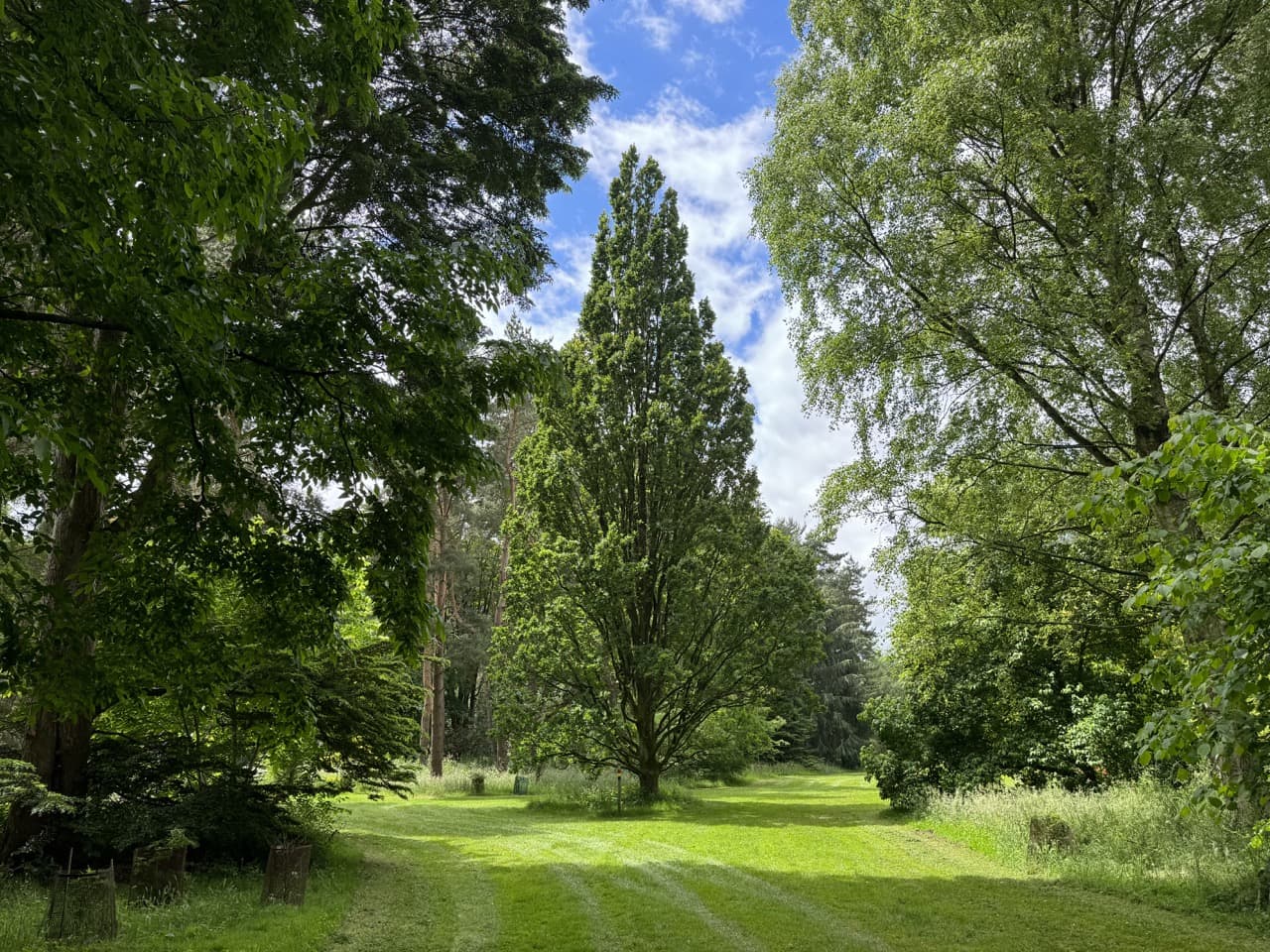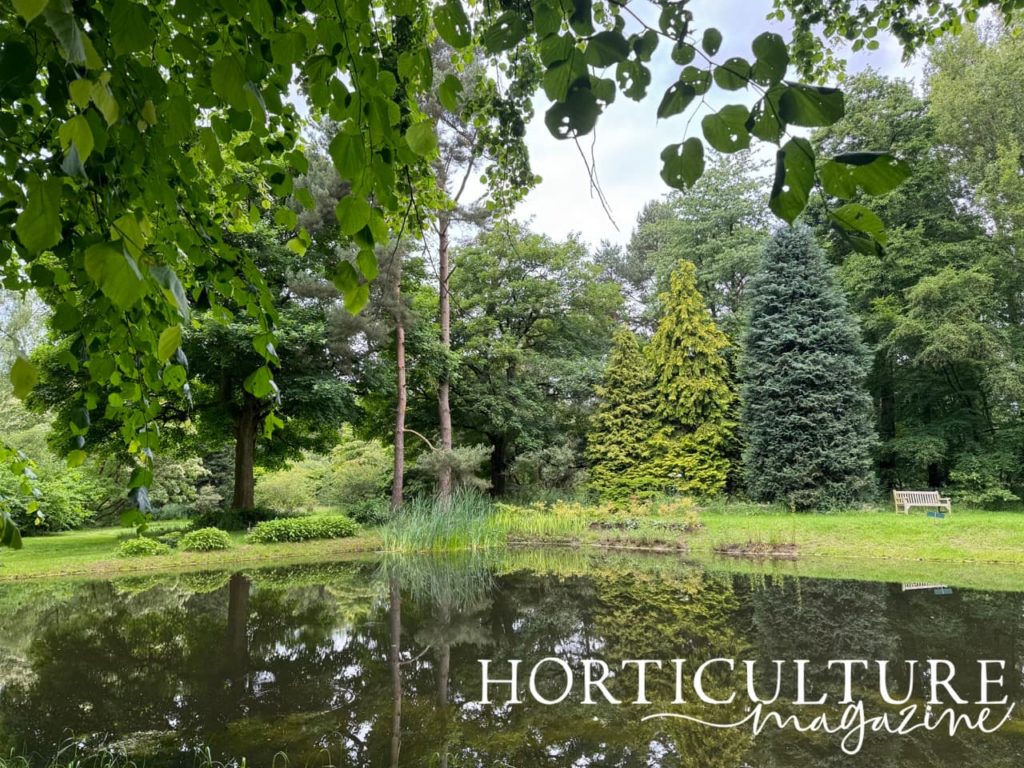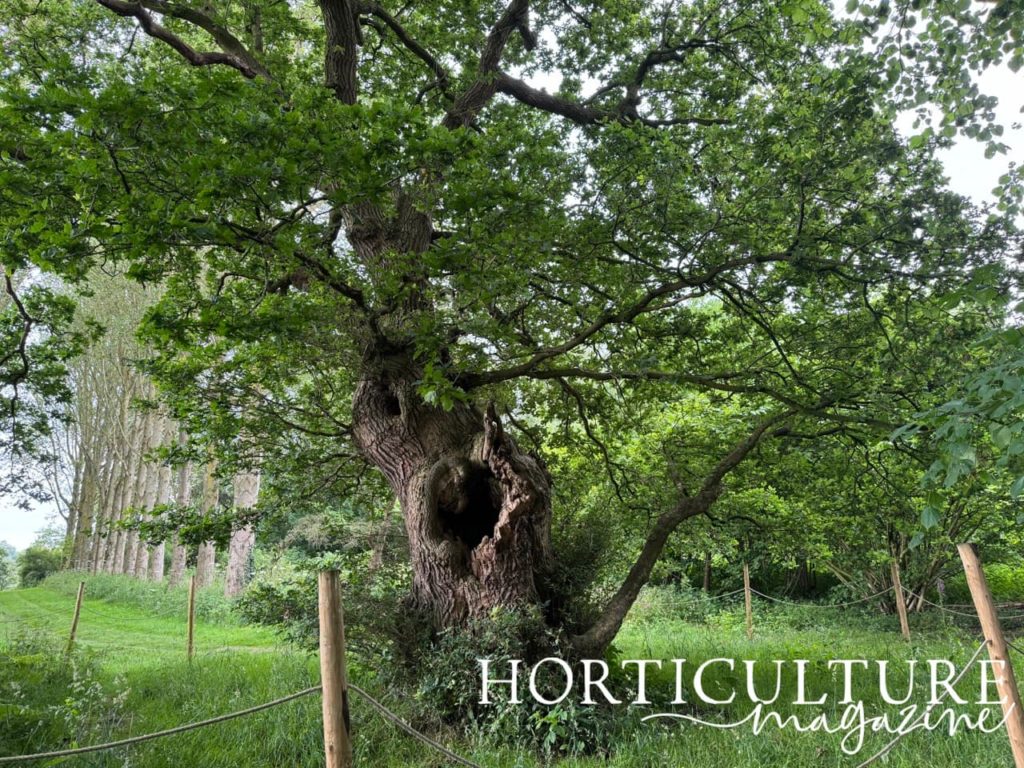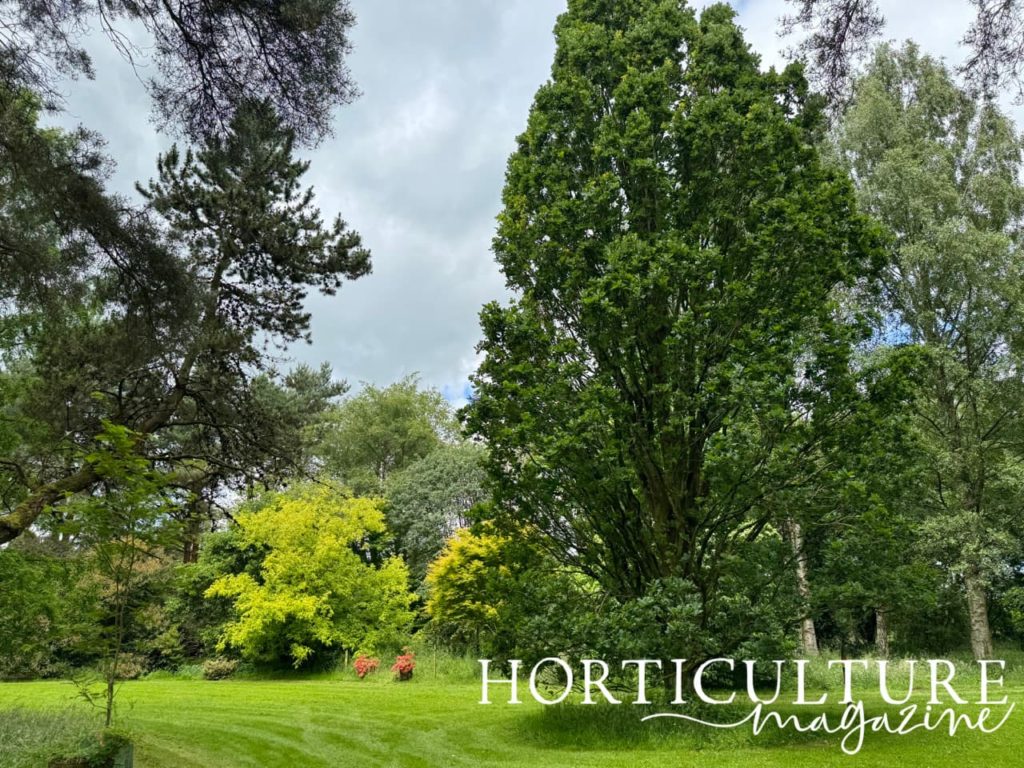Ancient Oaks With David Skidmore At Lovell Quinta Arboretum (3 National Collections)

Lovell Quinta Arboretum was founded in the 1950s by Radio Astronomer Sir Bernard Lovell, who had a surprising love of trees that led to the 25-acre creation.
Nowadays, the arboretum is managed by the Tatton Garden Society and is maintained by an army of volunteers.
I spoke with the Head of the Tatton Garden Society and Honorary Director of the arboretum, David Skidmore, about the park’s history, its national plant collections and the rare trees it is home to.
Arboretum History
“The arboretum itself was started by Sir Bernard Lovell, the famous Radio Astronomer,” shares David.
“Not only was he passionate about radio astronomy, but he was also passionate about trees. He ended up with about 2,500 different trees and shrubs here and he formed some National Collections.

“As he got older, he wanted to ensure that the arboretum was protected.
“He was President of Tatton Garden Society and felt it would be appropriate for us to take over.
“Since then, we’ve extended the collections and planted a lot more trees and shrubs.”
The National Plant Collections
“We have three National Plant Collections,” starts David.
“The National Collection of Ash, which has about 40 different types, the National Collection of Pines, which is made up of about 60 pines, and now the National Collection of Oaks, which consists of about 80 different Oaks.
“The bulk of the National Collection of Ash is suffering from ash dieback, which is sweeping across the country and affecting a lot of these trees.

“We do have some Ash from Asia, which is mainly resistant, so that continues to grow, unaffected by the dieback.
“Pines aren’t necessarily something that people think of for the garden, but they are actually wonderful structural trees, and some have fantastic needles.
“We’re also a partner garden with the Royal Botanic Garden of Edinburgh, where they have the International Conifer Conservation Program.
“Because of that, we have a large collection of rather special conifers, firs and pines, as well as our National Collection.”
Rare & Unusual Trees
One of the unique trees in our Oak Collection is the Quercus phellos, also known as the Willow Oak,” David continues.
“It’s a really interesting example because you wouldn’t guess it was an Oak at all.
“It’s a fascinating and unusual specimen when you look at the long leaves that it produces.

“We have some fantastic ancient Oaks which are likely to be more than 400 years old.
“What happens in an ancient tree is that they actually go through something called retrenchment where they get smaller. Apart from the feature of retrenchment in an ancient tree, they also get hollow cavities.
“This is a natural part of the tree’s development as it gets older and it can live like this for several hundred more years.
“In fact, as the centre decays, it goes into little particles of wood and that fertilises the tree further, so it gets a second boost from this.”
Visiting The Arboretum
“It’s wonderful to just come and walk around, as it’s such a peaceful place,” shares David.
“Every season is different, so you almost feel as if you’re in a different place each time you come along.

“There are visitors who like to come for recreation, and I just want them to go away having that feeling of having had a peaceful time here.
“On top of that, I’d like people to take an interest in the plants and realise it’s not just a place for walking – it is a special place full of wonderful trees.”
To discover more or to visit the arboretum for yourself, head over to Lovell Quinta Arboretum’s website.

